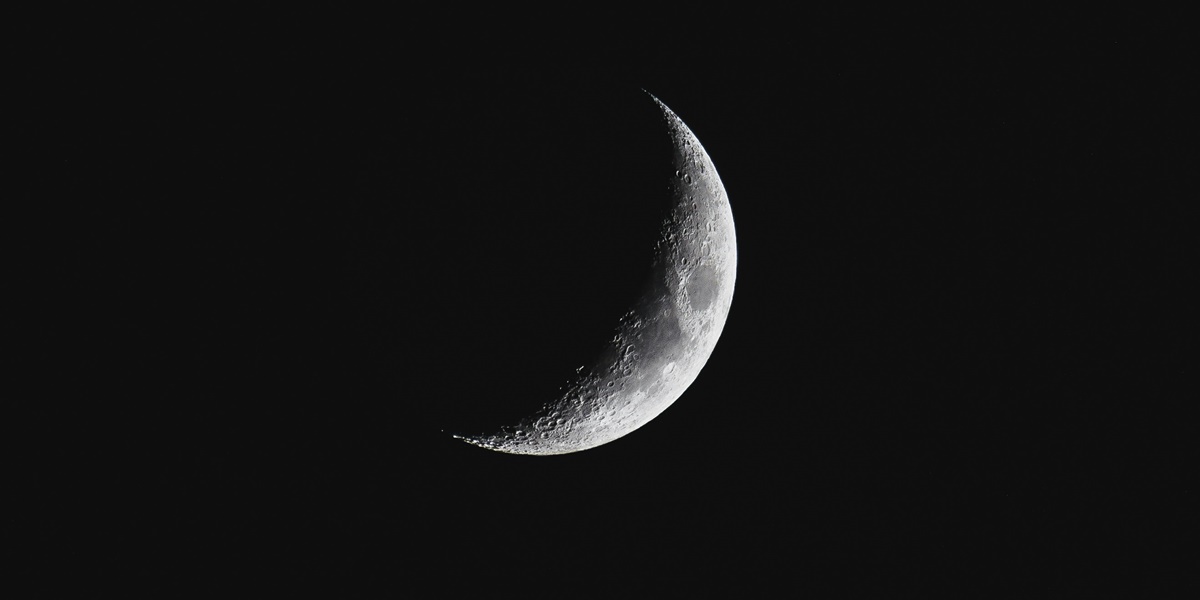Audi Marissa Shares Her Headache, Anthony Xie's Response on Instagram Becomes the Spotlight
Audi Marissa uploaded a photo while in Korea and shared her headache. Anthony Xie's comment on Instagram successfully entertained netizens.

Kapanlagi.com - A lunar eclipse, an astronomical phenomenon that always manages to captivate many people, is back to showcase the beauty of the night sky. When this eclipse occurs, the Earth is positioned between the Sun and the Moon, causing the Earth's shadow to cover the glowing face of the Moon. However, this beauty is not just a sight; there are deeper impacts on our environment, particularly on the tides of the sea.
One of the most striking effects during a lunar eclipse is the phenomenon of maximum tide, where the surface of the sea experiences a significant rise. This can potentially cause problems for coastal areas, such as flooding or even tidal inundation. So, how does this process actually occur?
Summarized from various sources by Kapanlagi.com on Thursday (3/13/2025), let’s explore deeper the relationship between a lunar eclipse and rising sea levels. We will reveal how this amazing phenomenon can affect the lives of people, especially those living in coastal areas.
Many people wonder, does a lunar eclipse really cause the sea level to rise? The answer is no, not directly. The rise in sea level that often occurs simultaneously with a lunar eclipse is actually caused by the phenomenon of spring tide.
A lunar eclipse occurs when the Sun, Earth, and Moon are aligned in a straight line. This position enhances the combined gravitational pull between the Sun and the Moon on the Earth, which directly affects the rise and fall of sea water.
According to BMKG, during a total lunar eclipse, the height of the sea level will experience a rise due to the alignment of the Sun, Moon, and Earth.
The phenomenon of rising sea levels during a lunar eclipse is often referred to as maximum tide. This occurs due to the combined effects of the full moon phase and the alignment of the three main celestial bodies (Sun, Earth, and Moon).
Factors Influencing Maximum Tide:
The impact of a total lunar eclipse on human life is a higher sea level (rise) compared to regular days when there is no eclipse, during Full Moon or New Moon.
The maximum tide caused by a lunar eclipse can have significant impacts, especially for communities living in coastal areas.
According to BMKG, communities in coastal areas should be aware of the potential for flooding due to maximum tides during a lunar eclipse.
With the right preventive measures, the impact of maximum tides due to a lunar eclipse can be minimized.
No, a lunar eclipse can be viewed with the naked eye without health risks, unlike a solar eclipse.
Tidal flooding is caused by the spring tide that occurs during a full moon, where the gravitational forces of the moon and the sun work together.
A lunar eclipse can be observed with the naked eye, and does not require special equipment like a solar eclipse.
Yes, a lunar eclipse only occurs during a full moon, when the Earth is positioned between the sun and the moon.
(kpl/rmt)
Cobain For You Page (FYP) Yang kamu suka ada di sini,
lihat isinya
Audi Marissa uploaded a photo while in Korea and shared her headache. Anthony Xie's comment on Instagram successfully entertained netizens.
Audi Marissa and Anthony Xie look harmonious in all-black outfits. Their chemistry successfully captures the attention of netizens.
Aulia Sarah looks stunning in traditional Thai attire, captivating netizens with her charm.
Bobon Santoso and Richard Lee officially converted to Islam. Guided by Ustaz Derry Sulaiman, here is the chronology of their spiritual journey.
Regi Datau, Ayu Dewi's husband, was rushed to the ER early in the morning due to a high fever. Here is the complete chronology.
The Total Lunar Eclipse on March 14, 2025, can be witnessed in several regions. Check the schedule, locations, and its impacts here.
Baim Wong shared a video of Kiano and Kenzo crying and refusing to meet Paula. Reactions from netizens varied regarding this matter.
Ustaz Derry Sulaiman stated that Hotman Paris, Denny Sumargo, and Willie Salim have a great chance of converting to Islam in the near future.
Children with diabetes can fast, but there are specific rules to ensure they remain healthy. This is a safe guide that must be followed.
Zakat fitrah in the month of Ramadan is not just an obligation, but a noble act that cleanses the soul, brings prosperity to the community, and opens the doors to blessed sustenance. Know its virtues.
Widely discussed, half-day fasting actually has specific provisions in Islam. Check the complete explanation so you don't misunderstand!
Recommendations for 7 of the best Kim Yoo Jung dramas featuring stunning performances, from historical to modern romance, a must-watch.